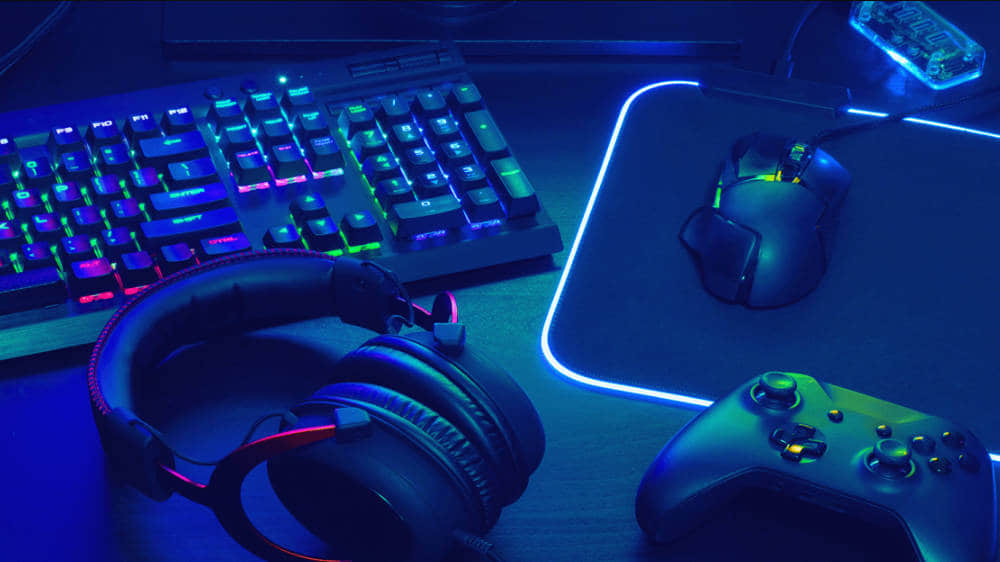Portal: Prelude RTX upgrades a beloved Source mod with cutting-edge graphics technology.
Portal: Prelude RTX upgrades a beloved Source mod with cutting-edge graphics technology.
Portal: Prelude RTX – A Revolutionary Remaster
Welcome to the world of Portal: Prelude RTX! Get ready to experience a mind-bending adventure like never before. This game is not just your ordinary Source mod; it’s a stunning masterpiece that showcases Nvidia’s RTX Remix technology. Prepare to have your socks blown off as we dive into the visually-enhanced realm of Portal: Prelude RTX.
But that’s not all! In addition to the jaw-dropping visuals, this game also introduces support for RTX IO. Prepare for a technical revolution, as RTX IO unleashes the power of GPU-accelerated decompression. Say goodbye to long loading times and hello to lightning-fast game loading and asset streaming. It’s time to see how this futuristic technology works!
In the past, loading a game involved a tedious process of transferring data from a hard drive to system memory and then to the GPU under the control of the CPU. It was like waiting for a snail to crawl across the finish line. But fear not, for the times have changed! Thanks to rapid, low-latency SSDs, we can create a new standard for loading games.
But what makes RTX IO so special? Well, it’s all about parallel access and GPU-powered decompression. Instead of relying solely on the CPU, RTX IO takes advantage of the mighty GPU to decompress data directly, resulting in lightning-fast loading times. Who needs a marathon when you can have a sprint?
Now, let’s dive into the nitty-gritty of RTX IO. In Portal: Prelude RTX, the data is compressed using Nvidia’s GDeflate format. It then gets moved to temporary system memory before making its way to the VRAM, where it’s decompressed by the almighty GPU. This compression format is not only supported by Nvidia but also by AMD and Intel, making it a unified standard for Direct Storage 1.2 games using DirectX on PC.
- Why Play a Dragonborn in Baldur’s Gate 3
- Is Fallout 76’s Strangler Heart Power Armor Worth It?
- Diablo 4’s first Battle Pass lacks enough Platinum for even t...
Hold on tight, because it’s time for a visual representation of the RTX IO magic! Check out this video by Alex Battaglia, where he delves into the wonders of RTX IO in Portal: Prelude RTX. Trust us, seeing is believing!
While Portal: Prelude RTX operates on a more traditional loading paradigm, don’t let that dampen your spirits. RTX IO still works its magic by reducing load times and improving texture quality. So, get ready to dive into the game with lightning-fast load times and textures that will leave you in awe.
Now it’s time to put RTX IO to the test. By comparing RTX IO on and off, we can clearly see the remarkable impact it has on game loading. In our tests, a texture that took over 2 seconds to load with RTX IO off was reduced to just over 1 second with RTX IO on. That’s a significant improvement and a testament to RTX IO’s power!
But wait, there’s more! We tested different configurations, and the results were mind-blowing. Even a 500MB/s SATA drive with RTX IO enabled outperformed a 3.5GB/s NVMe drive with RTX IO off. Talk about David slaying Goliath!
Now, let’s address the elephant in the room. Portal: Prelude RTX is just the beginning of a new era in gaming. While it’s exciting to witness the impact of RTX IO on a game like Portal, the real showcase will be games that embrace active streaming and eliminate loading screens altogether. We can’t wait to experience the true potential of this technology in upcoming games like Ratchet and Clank: Rift Apart, which will take the gaming world by storm.
So buckle up, gamers! The future of gaming is here, and RTX IO is leading the way. Say goodbye to long loading screens and hello to immersive, seamless experiences. Prepare to be amazed as RTX IO transforms the way we play games. Stay tuned as we bring you all the latest updates on Ratchet and Clank: Rift Apart, coming to PC on July 26th!
Note: The original content contained a table, which is difficult to represent in markdown format. Hence, the table has been excluded from the rewritten content.






